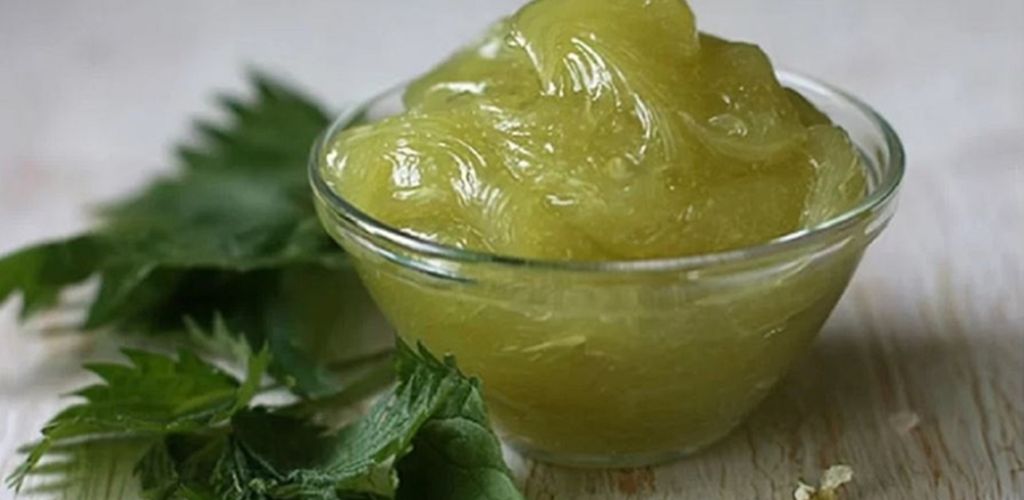05.03.2025
Make a nettle ointment for joint pain, rheumatism, swollen legs and varicose veins
Stinging nettle has a long history of traditional use for various ailments, including joint pain, rheumatism, and circulatory issues. Here’s how you can make a nettle ointment, along with important safety considerations:
Ingredients:
- Fresh nettle leaves (use gloves when handling)
- Carrier oil (such as olive oil, coconut oil, or almond oil)
- Beeswax (optional, for a thicker ointment)
Instructions:
- Harvest Nettles:
- Use gloves to gather fresh nettle leaves, ideally in the spring or early summer.
- Avoid nettles growing near roadsides or areas contaminated with pesticides.
- Dry the Nettles (Optional):
- Some people prefer to dry the nettle leaves slightly to reduce their stinging potency. You can do this by spreading them out on a clean surface for a few hours.
- Infuse the Oil:
- Place the nettle leaves in a clean glass jar.
- Pour the carrier oil over the nettle leaves, ensuring they are fully submerged.
- There are two main methods for infusing the oil:
- Slow Infusion: Seal the jar and place it in a warm, sunny spot for 2-4 weeks, shaking it occasionally.
- Quick Infusion (Gentle Heat): Place the jar in a double boiler or a slow cooker on low heat for several hours, taking care not to overheat the oil.
- Once the infusion is complete, strain the oil through a fine-mesh sieve or cheesecloth, pressing the leaves to extract as much oil as possible.
- Make the Ointment (Optional):
- If you want a thicker ointment, melt beeswax in a double boiler or on very low heat.
- Add the infused nettle oil to the melted beeswax, using a ratio of approximately 1 part beeswax to 4-5 parts oil.
- Stir until the beeswax is fully melted and incorporated.
- Pour the ointment into clean jars or containers and let it cool and solidify.
- Application:
- Apply the nettle ointment topically to the affected areas.
- Massage it gently into the skin.
Important Safety Considerations:
- Stinging Nettles:
- Fresh nettle leaves have stinging hairs that can cause skin irritation. Always wear gloves when handling them.
- The stinging properties are generally neutralized by heating or drying the nettles.
- Allergic Reactions:
- Some people may be allergic to nettles. Perform a patch test on a small area of skin before applying the ointment to a larger area.
- Medical Conditions:
- If you have any underlying health conditions, circulatory problems, or are pregnant or breastfeeding, consult your doctor before using nettle ointment.
- Varicose Veins:
- While nettle may offer some relief, it’s essential to seek professional medical advice for varicose veins, as they can be a sign of underlying circulatory issues.
- Internal Use:
- This recipe is for topical use only. Do not ingest the nettle ointment.
- Hygiene:
- Ensure all tools and containers used are very clean, to prevent contamination of the ointment.
Disclaimer:
- This information is for educational purposes only and should not be considered medical advice.
- Always consult with a healthcare professional before 1 using herbal remedies, especially if you have any health concerns.
